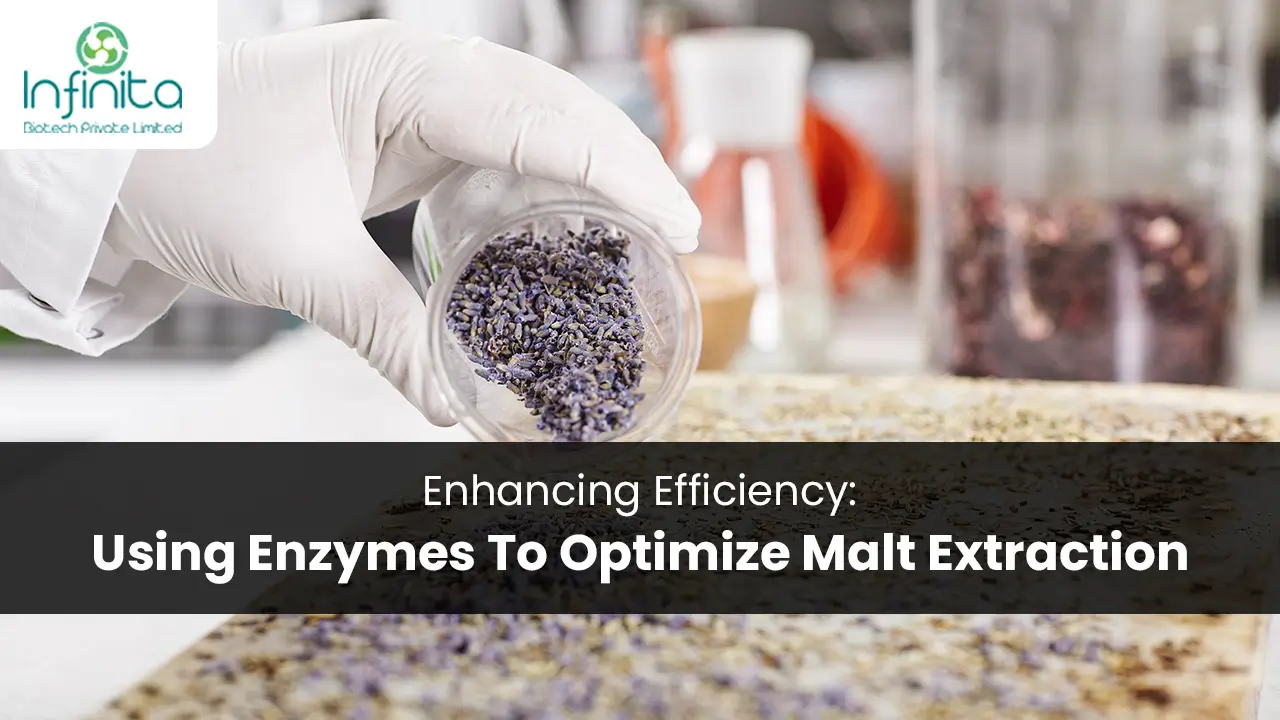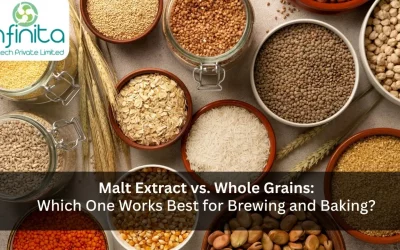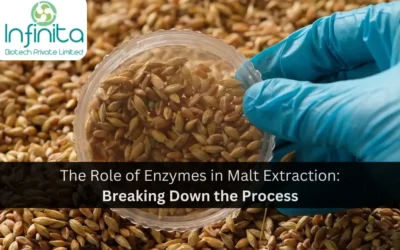The brewing industry has always been at the forefront of innovation, constantly exploring avenues to improve the production and quality of beverages. One of the focal areas of this quest for improvement lies in the efficient extraction of malt.
In recent years, a game-changing methodology has emerged in the form of enzyme utilization. This article delves deep into how enzymes are revolutionizing malt extraction and optimizing the entire brewing process.
The Role of Malt in Brewing
Malt, primarily barley malt, is the backbone of the brewing process. It provides the essential sugars needed for fermentation. The objective of mashing is to convert the starches in malt into fermentable sugars. However, the traditional mashing process has its limitations.
Limitations of Conventional Mashing
- Incomplete Starch Conversion: Not all starches get converted to sugars, leading to a loss of potential alcohol and flavor.
- Extended Timeframes: Traditional mashing can be time-consuming, which may delay production schedules.
- Variable Efficiency: The efficiency of starch-to-sugar conversion varies with grain quality, water chemistry, and equipment.
Enzymes: The New Frontier in Malt Extraction
Enzymes have emerged as a potent solution to the challenges faced during conventional mashing. They accelerate starch breakdown, ensuring more consistent and complete conversions.
Types of Enzymes in Brewing
There are various enzymes at play during the brewing process:
- Amylases: Break down starches into simpler sugars.
- Proteases: Assist in breaking down proteins, which can improve beer clarity and stability.
- Glucanases: Reduce the viscosity of the mash by breaking down beta-glucans.
Advantages of Enzyme-Assisted Mashing
- Higher Extract Yields: Enzymes ensure more thorough starch conversion, leading to better malt extraction.
- Time Efficiency: Enzymatic reactions can reduce mashing times, accelerating the overall brewing process.
- Consistency: Regardless of grain quality or water chemistry, enzymes provide consistent performance.
- Flexibility: Brewers can use non-traditional grains like rice, maize, or sorghum, widening the flavor profile possibilities.
Implementing Enzymes in the Brewing Process
Integration of enzymes into the brewing process requires a well-thought-out approach.
Selection of Enzymes
The choice of enzyme depends on the desired outcome. For instance, if a brewer aims to produce a light, crisp beer, they might prioritize amylases. On the other hand, for a clear, stable beer, proteases could be more beneficial.
Dosage and Timing
While enzymes are powerful, they require precise dosing. Too much or too little can impact the final product’s flavor and appearance. Additionally, the stage at which the enzyme is introduced plays a crucial role. For optimal results, enzymes should be introduced early in the mashing process.
Conclusion
The strategic use of enzymes in the brewing process holds the promise of reshaping the industry. By ensuring efficient malt extraction, enzymes are setting new benchmarks in brewing quality and efficiency. For breweries looking to stay ahead of the curve, embracing enzyme-assisted mashing could be the key to unlocking untapped potential.







